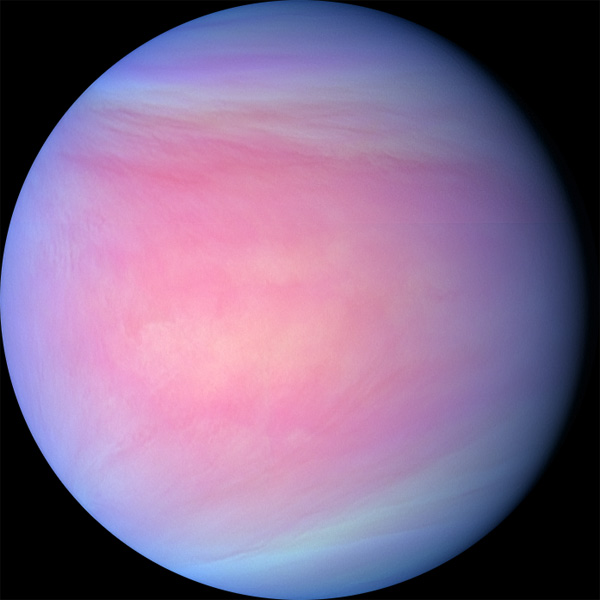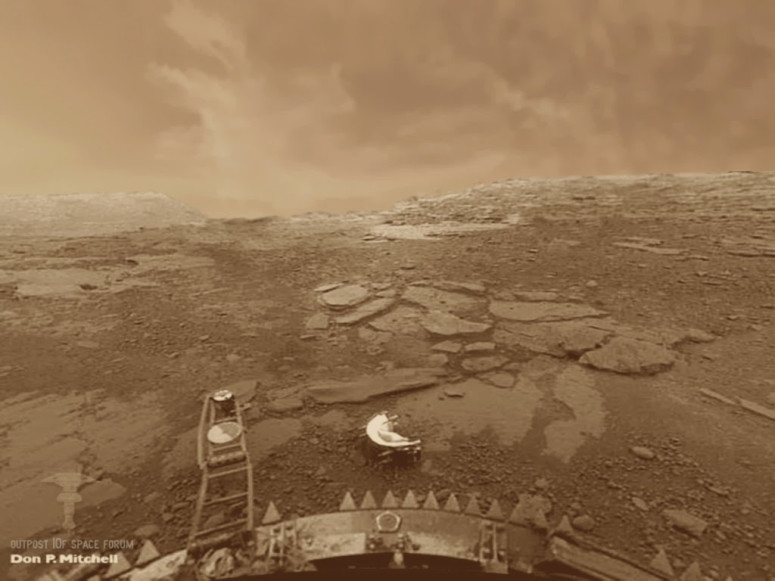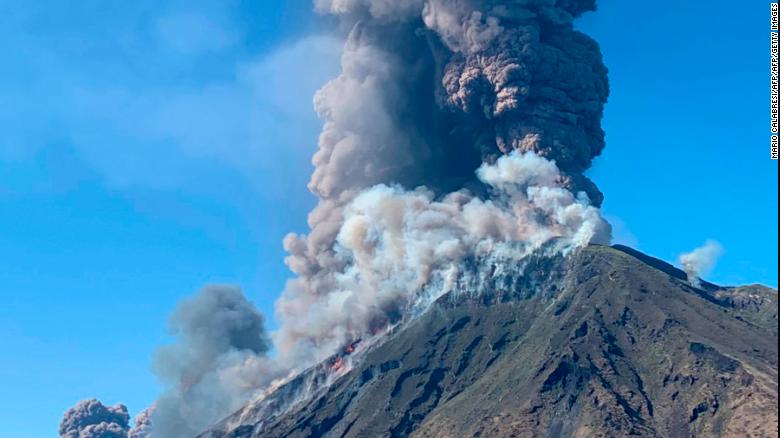If you’re interested in astronomy you may have sometime heard the planet Venus being described as Earth’s twin, although nowadays it’s more often called Earth’s evil twin. Twin, because Venus is nearly the same size as the Earth and is the same sort of rocky planet with an atmosphere as our home world is. Not only that but because Venus is the closest planet to Earth in its orbit around the Sun conditions on its surface should be close to those here on our planet.

Indeed, not so long ago Venus was imagined to be a somewhat more tropical version of the Earth. Covered by a thick layer of clouds it was thought that the planet’s entire surface was probably one huge rain forest inhabited by creatures appropriate to a jungle environment.

The data sent back by the first space probes to Venus shattered that dream. The average surface temperature on the planet was found to be over 400ºC, the atmosphere is some 90 times that of Earth’s and is composed of 96.5 carbon dioxide with absolutely no trace of water vapour. It’s the carbon dioxide that’s led to the extreme temperatures of course; we’ll all familiar with how CO2 is a greenhouse gas after all. And so Earth’s twin quickly became known as our evil twin.

This reality begs the question then, if Venus is so similar to Earth in some ways, how can it be so different in others?
A new study by Michael Way and Anthony Del Genio of NASA’s Goddard Institute for Space Studies attempts to answer that question. In a paper they have delivered at the European Planetary Science Conference, Division of Planetary Science or the EPSC-DPS joint meeting for 2019 the two scientists have outlined the results of their simulations of surface conditions on Venus using long-term climatological models.
Based upon those simulations Way and Del Genio assert that for billions of year Venus may in fact have resembled that watery, tropical world imagined in Sci-Fi novels. By their calculations it may have been as little as 700 million years ago that a runaway greenhouse disaster began that turned Venus into the uninhabitable boiler we see today.

So what was it that triggered the runaway greenhouse effect? Where did all of that CO2 come from? Well here on Earth we have an enormous amount of carbon that’s trapped inside the planet’s crust, not only as coal and other fossil fuels but also in the form of various minerals such as calcium carbonate, also known as calcite. Way and Del Genio speculate that a massive volcanic event could have released huge amounts of carbon into the air initiating the runaway greenhouse.

Just such a volcanic event is known to have occurred here on Earth some 250 million years ago and is known as the Siberian Traps event which is thought to have caused the mass extinction at the end of the Permian period. The carbon released by the Siberian Traps was later re-absorbed back into the ground but on Venus something must be preventing that re-absorption.

At the moment we can only speculate about what factor or process is preventing that re-absorption. Way and Del Genio are calling for newer, more advanced space probes to re-examine Venus in order to better understand what is going on there. We need more data if we’re ever going to understand what transformed Venus from a world that could have possessed life into the hellscape it is now. And perhaps more importantly, how can we make certain it never happens to our Earth!
